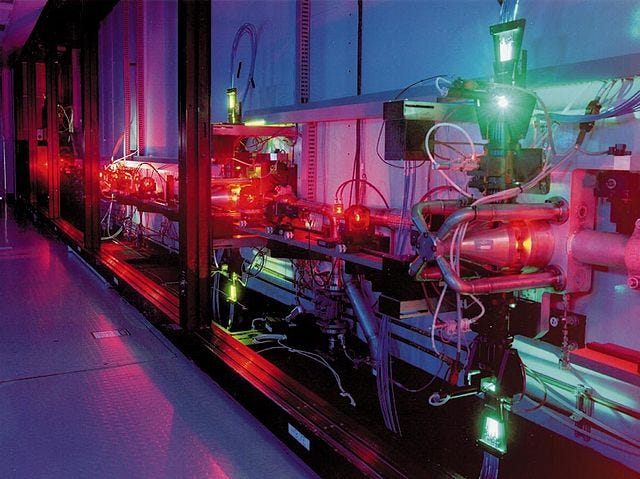Week 51 of 2024
Three nuclear energy innovation news!
🔊 Small announcement: I’ll be opening again a weekly office hour in 2025, four 15 mins slots every Friday morning. I’m here to listen and learn about your ideas, views, and opinions. Want to talk about nuclear innovation? Have an exciting research project? Got a startup concept? Want to introduce a new trend to my radar? Let's talk!
👉 https://calendly.com/guerric-nuketech/opendiscussion
🧂 Molten Salt Solutions (US) raises a $3 million Seed round led by Future Ventures and True Ventures. The company focuses on producing enriched lithium isotopes, specifically lithium-7, which is critical for molten salt reactors and some fusion applications. The funds will be used to refine its proprietary chromatography separation and mass spectrometry technologies and establish its first pilot production.
🔦 LIS Technologies Inc. (US) raises an oversubscribed $22 million Series A funding round, with participation from 28 Ventures, Innovating Capital, and Minetta Brook Capital. The company is developing a laser enrichment solution called Condensation Repression Isotope Selective Laser Activation (CRISLA). The funds will be used to advance physical test work and test-loop demonstrations, initiate R&D for next-generation 5.3µm CO₂ lasers, and expand their leadership and technical teams to oversee regulatory and licensing processes.
🔦 Focused Energy Inc. (US) enters into a $40 million agreement with Amplitude Laser (FR) to acquire two kJ-class high-power lasers for inertial fusion energy research. For reference, each laser system is expected to occupy about 1,600 square feet. The lasers will be used to simulate and study conditions necessary for achieving nuclear fusion through inertial confinement. The company aims to establish a pilot facility by 2028 to validate its approach to fusion energy production.
👉 Fantastic quote from Amplitude Laser CEO Damien Buet: “One of the reasons why we are not making such big lasers in series is because nobody wants them in series.” Amen.
👨🎓 Paper of the week: "Isotopic signature of plutonium accumulated in cryoconite on glaciers worldwide", Science of The Total Environment (2024).
👉 Pu contained in glaciers used to identify Soviet space probe crash.



